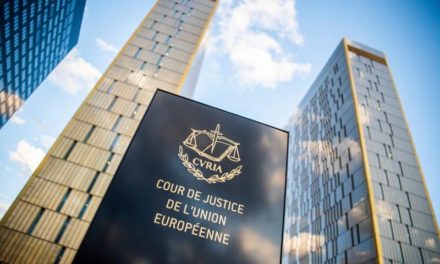After Saturday's campaign silence, more than 50.8 million eligible Italians are expected to go to the polls today from seven in the morning to eleven in the evening to elect the nineteenth legislature and the sixty-eighth government since the Second World War, in which two grand coalitions, the center-right led by Giorgia Meloni and the center-left led by Enrico Letta, are competing with each other.
In the current elections in the country of sixty million people, the number of eligible voters is the largest, which can be explained by the aging of the population. Of the more than fifty million Italians, 4.7 million live abroad and have been voting by mail in recent days.
A new feature of the elections is the reduced number of parliaments, as the voters will decide the fate of 200 senate seats instead of the previous 315, and 400 representatives will enter the lower house instead of the previous 630. Among them, four senators and eight representatives are elected by Italians abroad. For the first time, the minimum voting age in the upper house election is 18 years, previously it was 25.
The election system is mixed, one-third of the mandates are filled by individual candidates and two-thirds by list candidates.
There are also two grand coalitions on the ballots. The center-right alliance consists of the Italian Brothers (FdI) led by Giorgia Meloni, the League led by Matteo Salvini, Hajrá Italia (FI), whose president is Silvio Berlusconi, and other smaller parties.
In the last surveys before the vote, presented two weeks ago, the Italian Brothers proved to be the most popular party with almost 25 percent. In the parliamentary elections five years ago, it still performed below five percent
FdI now - as the leading coalition force - nominates Giorgia Meloni as prime minister, who would be the country's first female prime minister.
On the right's agenda, utility reduction is at the top of the agenda, and among other things, they want a comprehensive tax reform, the stopping of illegal immigration, a renegotiation of the distribution of European Union funds, and a constitutional amendment to introduce the direct election of the head of state.
The centre-left coalition consists of the Democratic Party (PD) led by Enrico Letta, the Greens, the Italian Left (SI) and Europa+ led by Emma Bonino. The election program of the center-left includes the continuation of the economic policy of the outgoing government led by Mario Draghi, the granting of citizenship to immigrant children studying in Italy, and the strengthening of the European axis formed jointly with Berlin and Paris.
The formation of the government will start in the second half of October. The head of state first consults with faction and party leaders. The head of state entrusts the leader of the winning party or coalition with forming a government, if the majority seems certain. If there is no clear majority, the consultation may be delayed. Since an election is being held in autumn for the first time since 1919, both the head of state and the parties are interested in forming a government as quickly as possible, since the handling of the energy crisis and the compilation of next year's budget package, as well as the fulfillment of Rome's international tasks, are urgent factors.
Source and full article: Magyar Hírlap
Featured image: AFP/Eliano Imperato












